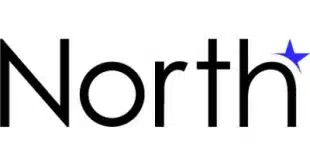by Computer Services, Inc. (CSI)
Organizations across regulated industries are obligated to screen transactions and customers against sanctions lists, PEP lists and negative news lists in order to identify high-risk customers and transactions, and to avoid transacting with sanctioned countries, individuals and entities. And doing so is a required and essential part of an AML compliance program.
Watch list screening software automates the comparison of customer and transactional data to sanctions and PEP lists. Due to the size and complexity of lists and sanctions, smaller organizations often use online services for one-off look-ups. But because of the vast amount of customer data, large organizations rely on software automation.
Further, legacy watch list technology has historically generated millions of false positive alerts, which is painful for the firms using it since regulators expect every alert generated to be examined. Organizations are experiencing increasing pressure to add manual and automated resources. The watch list screening process is at the breaking point—the ecosystem must change.
High alert rates in watch list screening are the product of a variety of regulatory expectations:
- Firms must screen new customers during onboarding as well as real-time payment activity, and also perform retroactive screens as new names are added to the various lists, resulting in a large volume of transactions to be compared against these lists.
- Fuzzy logic must be used to account for accidental or deliberate misspellings.
- Many of the sanctioned names appear on multiple lists, sometimes with different spellings.
To help organizations manage compliance more effectively, financial industry analyst group Aite—in partnership with CSI—recently performed an intense investigation into the current environment for watch list software solutions, market trends, and how technology addresses both. The firm also explored a path forward for stakeholders and vendors based on advanced capabilities currently available for improving compliance programs in financial services and other industries.
The takeaways include:
- Watch list programs face increasingly complex expectations and challenges as transaction volume grows and the characteristics of financial services change.
- Legacy technology has generated millions of anti-money laundering (AML) alerts annually across all sectors of financial services, creating ever-increasing pressures on costs and resources.
- AML leadership can take a three-pronged approach—using data, technology and “socialization”—to evaluating watch list functionality both now and two to three years out.
- Proprietary algorithms are key differentiators, as are transliteration capabilities (an ability to translate between different language scripts) and the software’s ability to interpret phonetic differences across languages.
- While suspicious activity report (SAR) volume is leveling off due to incremental improvements in AML software, regulatory expectations are growing.
To learn how your institution can implement the technology and best practices for an airtight AML compliance program, read the full white paper, Global AML Watch List: Technology Attacks False Positives, from CSI in partnership with Aite.





